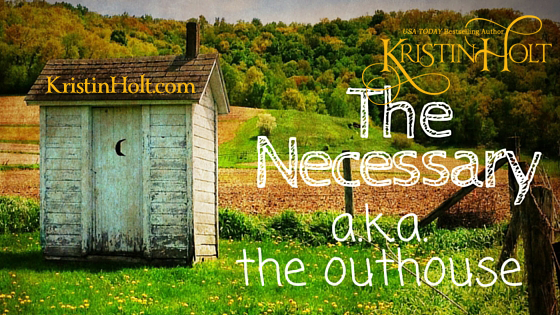
by Kristin Holt | Mar 16, 2021 | Articles
Victorian America’s BROWN BETTY: a teapot, and an economical dessert.
A smattering of recipes from mid- to late-nineteenth century cook books and newspapers paint an image of “brown Betty.” Victorian-era economy shines in these vintage instructions.

by Kristin Holt | Feb 18, 2017 | Articles
Though American Victorian women took to the safety bicycle in droves, newspaper and public notices of the day show that women on bicycles were not widely accepted. A public service announcement from The Woman’s Rescue League proclaimed that women on bicycles were immoral, vulgar, disease-ridden, and unwomanly. Such attitudes didn’t keep women from their bicycles, and with the advent of the new Safety Bicycle, women such as my character, Sophia Sorensen (Sophia’s Leap-Year Courtship), took to cycling and had no interest in forfeiting the exercise and transportation.

by Kristin Holt | Sep 5, 2016 | Articles
LABOR DAY was born of the circumstances within our Victorian-era United States Industrial Revolution. Unions wanted safer working conditions and 12- to 16-hour work days shortened to 8- or 9-hours. Strikes and protests lead to reform, and from the first Labor Day parade in 1882 peaceful Labor’s Holidays began to take root state by state until in 1894, Labor Day was declared by the President of the United States as a Federal Holiday. This article contains newspaper accounts from era papers, vintage photographs, and a dash of American history surrounding summer’s last hurrah.

by Kristin Holt | Aug 8, 2016 | Articles
The Victorian Era drew to a close in January, 1901 with the death of Queen Victoria. The newspaper article I share within this post comes from July, 1902 (technically the Edwardian Era), but society’s expectations of table manners and propriety at a summer resort hadn’t changed. This article covers a few of the many, many “Summer Resorts” in the Victorian-Era United States and touches on why these resorts were so loved.

by Kristin Holt | Jun 5, 2016 | Articles
The necessary (a.k.a. outhouse) had many Victorian Era-appropriate euphemisms: Quincy, small room, washroom…and was replaced with modern indoor plumbing both very early (1820’s at the White House) and very late (1950’s) in rural America. What did homeowners do when the necessary filled up? (ewww!) When was toilet paper invented? Why did outhouses have more than one seat?













